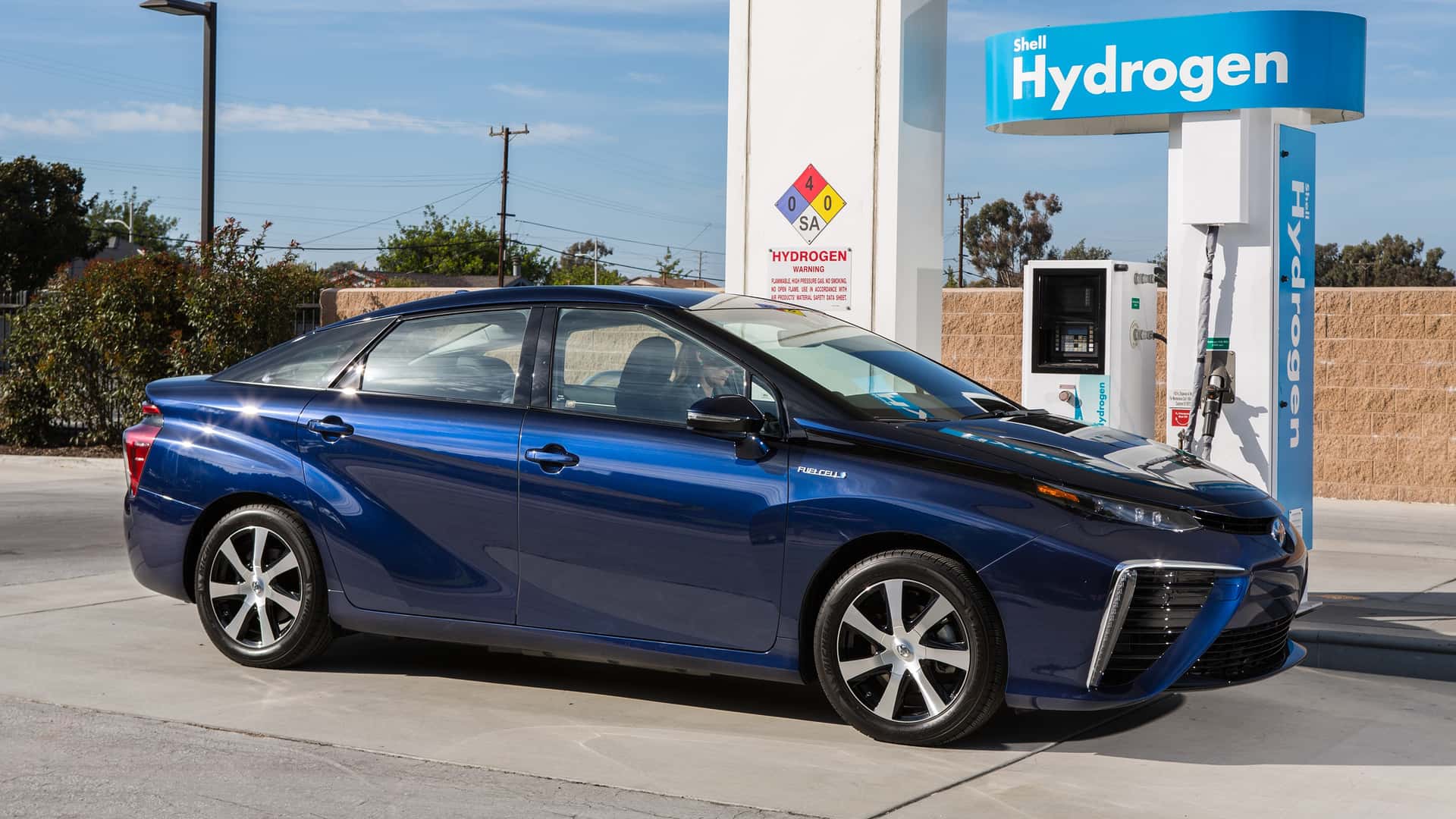Shell Is Immediately Closing All Of Its California Hydrogen Stations | The oil giant is one of the big players in hydrogen globally, but even it can’t make its operations work here.::The oil giant is one of the big players in hydrogen globally, but even it can’t make its operations work here. All seven of its California stations will close immediately.



Hydrogen is basically free energy though. Using solar to pull it from the atmosphere and then it goes in an ICE motor. Stations like these can supply hydrogen basically anywhere without needing to run wires to it. Providing fuel to ICE powered hydrogen cars.
You know that 75% loss of energy the GP mentioned above? That’s for hydrogen fuel cells, not hydrogen ICE. It’s even worse for ICE. Why the hell would we do that rather than putting that solar directly on the grid?
Because you can drop one of these and fuel hydrogen ice cars in the middle of nowhere. You can’t do that with solar and superchargers , they require substations.
Sounds like all of you people live in the city. Figures how ignorant you all are, the USA is massive people don’t just live in apartment blocks in walking distance of their jobs and stores.
So hydrogen just appears somewhere? There’s no other infrastructure involved?
The fuck are you talking about, these micro plants, use solar energy to pull it from the atmosphere. This isn’t rocket science…
What hydrogen in the atmosphere?
…you do know that water is in the air pretty much everywhere right? And that the H in H2O is… surprise hydrogen…
There is very little water there, and it varies considerably by region. You have to condense it out of the air, which itself takes energy. Then you have to electrolyze it, which also takes a lot of energy. You also can’t electrolyze straight water; you’ll need a supply of salt.
Once you’ve worked out all that, why not just feed that power into a regular battery and use that to charge cars? It will be far, far more efficient. Or just build a substation and use the power on the grid.
This is crackpottery and your repeatedly re-posting this assertion without citing anything isn’t really supporting your position.
Yes, yes, electrolysis is a thing.
No, it is not free.
FFS if you’re going to go for crazy theories why not dream big: here is a potential paint we could research for a few megacredits and buff our science to coat our walls and make hydrogen with. For not free but cheaper than electrolysis.
It’s not free though. There’s such a thing called ‘opportunity costs’: If I have the choice between a ‘free candy machine’ that spits out one candy every hour, and one that spits out three candies every hour, I know what I’ll choose.
I also wasn’t aware you ware talking about ICE powered hydrogen cars, where the efficiency is even more comically abysmal.
Cool your candy machine requires 10xs the investment and maybe even more because supercharger stations need substations near them. They can’t run on a 400amp box.
It seems to me like you’re comparing the costs for building one at the most out there location possible. Putting the questions aside if building anything in such locations would ever be profitable enough for something to be build, or if fast-charging is absolutely necessary: This absolutely isn’t true for the majority/average location, where your solution is the one that prohibitively expensive, not to mention that a good chunk of people wouldn’t even need a charging station at all when they can charge at home, maybe even using the solar panels already on their roof.
There may be some limited space for hydrogen ICE cars on the market, but it won’t be the solution that’ll see widespread adoption and support by car manufacturers as long as there’s a much cheaper and comfortable solution for 99.9% of people on earth (number made up).
Though if anything, I predict that specialized EVs with swappable batteries (which already exist) that can then be charged slowly with solar will become viable as they’re much cheaper and efficient in those areas.
Right now, it doesn’t seam like we energy to waste. Not until all the energy is clean. Also, it’s always going to be cheaper to use a lot less energy. Until energy is free, which it isn’t even with renewable because of install cost and maintainance cost.